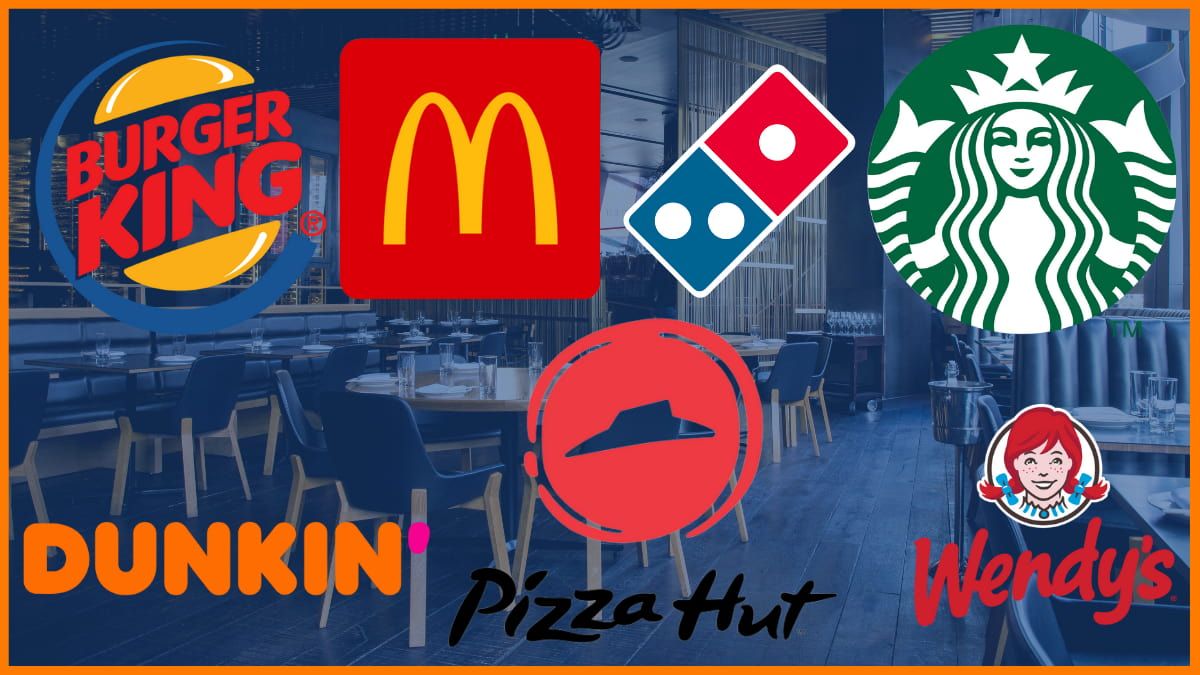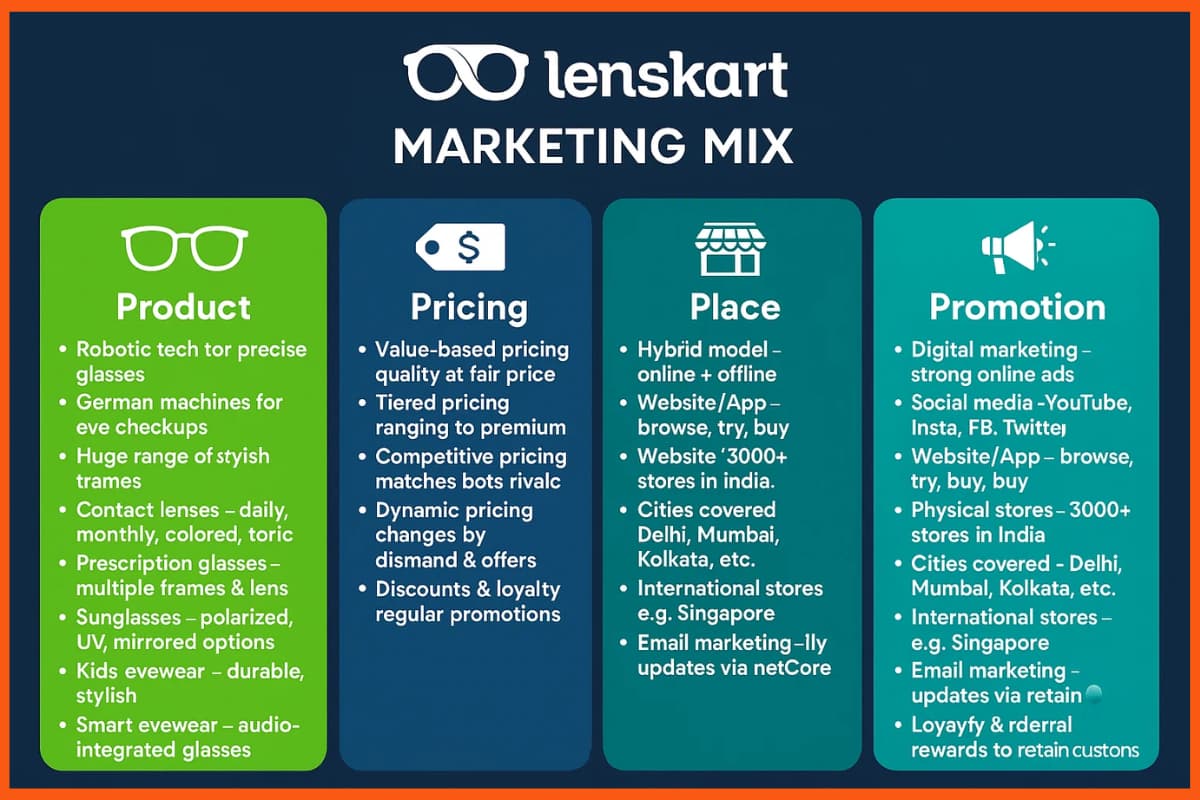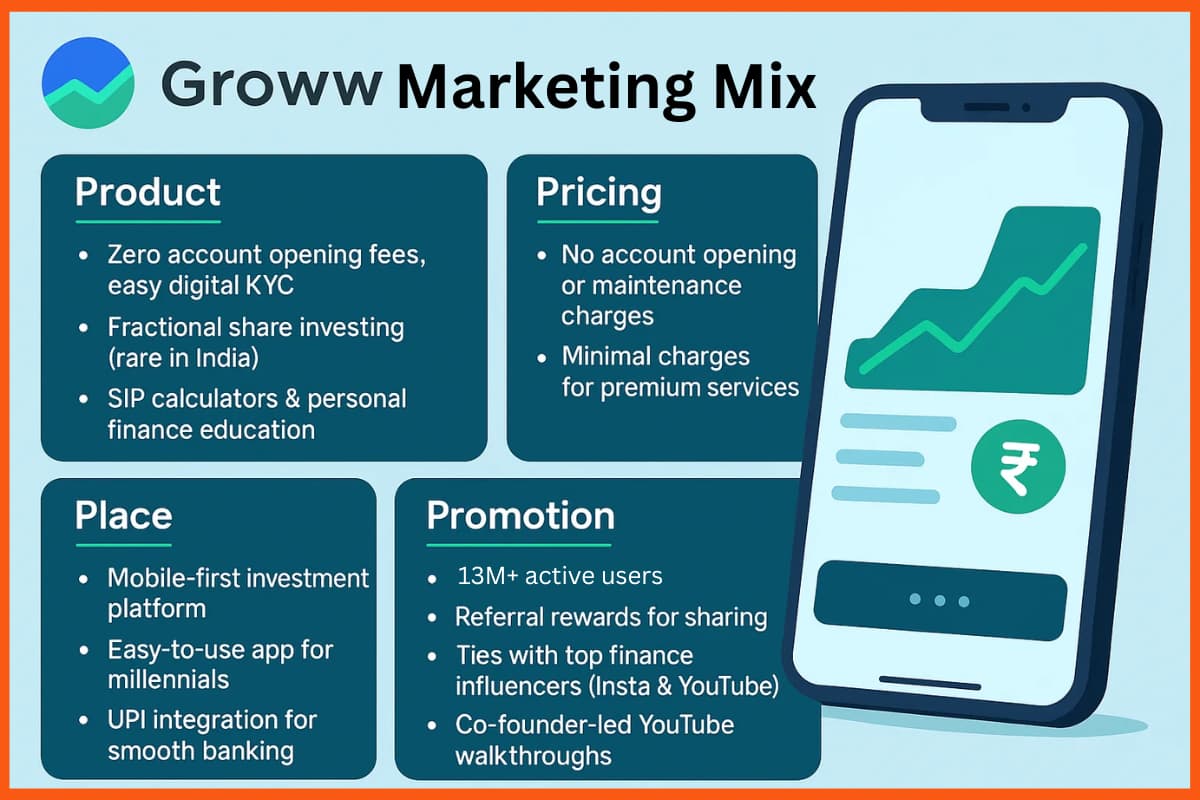A quote is a good way to start an article about art. If you are reading this, chances are you are aware of art. Any sort of art, for that matter. You read this article, a poem, a story, or you watch a film, listen to a song, or embrace a painting. All these are forms of this one term “Art”. That term has been constantly celebrated from time immemorial. Be it a hundred years ago or a hundred years from now, it will be relatable ad infinitum.
The current times, the pandemic, and life afterward haven’t affected this culture. Our escape from the dust of daily life still hides in some form of art. Music and films are our top favorites of art. If you are a movie buff, then the first-day first show feel would be super important to you. This is where cinema halls and movie theatres come in to quench your thirst. They are temples for cinephiles.
Have you ever thought about how these work? How is a movie released nationally? What do the numbers and charts say? This is an article about the business model of movie theaters. Read on to find out how movie theatres earn and how cinemas are run. How the current unprecedented times are changing our movie experience.
“Art enables us to find ourselves and lose ourselves at the same time.” ― Thomas Merton, No Man Is an Island
Cinema Halls
The Distribution of Movies
Revenue Sources or Income Generation of Cinema Halls
The Unprecedented Pandemic times
Behavioural Change of Moviegoers
The Expected Future of Film Distribution
Cinema Halls
The journey of a movie starts with a story in the director’s mind. Which is edited multiple times to get just about the perfect fit. Drafts and drafts and more drafts. Actors and actresses are auditioned for character roles, and a big crew is assembled to kick off the production.
Once the movie is produced, it is time for its distribution. The first distribution channel for any film has always been ‘Cinema Halls’. It is a century-old way of distributing what the actors and producers have produced.
The model is also quite unchanged, visitors pay a fee for entering the hall. The hall has seats, lots of seats, and the movie is shown through a projector on the front screen. The screen is big enough to be seen from around the theatre.
This has been the business model of a cinema hall for a very long time. However, it is added with some tweaks, like refreshments and snacks. More or less, this model is unchanged.
The audience sits on padded seats. In most theatres, the seats are aligned on a floor that is sloped, to enhance visibility for viewers. The highest part of that slope is at the back of the theatre. Movie theatres often sell snacks like popcorn, carbonated drinks, etcetera. In some areas, movie theatres with allowances and licenses can also sell alcoholic drinks.

The movie theatre market has been growing steadily over the years. In 2024, it was valued at $79.62 billion and is expected to reach $83.16 billion in 2025, growing at a 4.4% annual rate. The movie theatre market is set to grow strongly in the coming years, reaching $102.46 billion by 2029. This marks a steady compound annual growth rate (CAGR) of 5.4%. This rise is thanks to several key factors from the past, like the golden age of Hollywood, the unique social and cultural experience of watching movies in theatres, big blockbuster hits, increasing urban populations, and changes in how films are distributed to theatres.

The Distribution of Movies
The distribution has always been primarily in cinema halls, but it is on certain terms and conditions. The production and completion of a movie are just one part of the whole big picture.
After the production, the movie is distributed via various channels. Cinema is the first tunnel, but thereafter too the movie travels the market. They are turned into DVDs, some go on to follow a streaming service way. But before the train moves to the next station, some decisions are made. These are known as the terms and conditions of the licensing of these films.
In India, theaters buy movies from distributors, who acquire the distribution rights from producers:
| Role | Responsibilities |
|---|---|
| Producer | Sells the theatrical rights to a distributor for a specific territory |
| Distributor | Acquires the rights from the producer and hires theaters to screen the film |
| Theater | Pays the distributor a rental fee for the right to show the film |
Theaters give 50–55% of ticket sales to movie distributors. They earn from showing new movies and selling snacks. A hit movie means more earnings. India’s film industry has 14 regions, each with its distributor. Most movies are sold to distributors with a minimum guarantee. Theaters can be single-screen or part of multiplex chains.
Terms regarding revenue sharing and movie release timings are also decided in advance. Before we get further, we need to know some technical terms that will help us get a clearer view of what the process looks like, so here goes!

Producer
A producer is a person who invests in producing a film. He is the investment guy who takes the risk of failure and the gains of success of a film. They invest in films under the name of a production house. For example, Karan Johar invests via a production house named “Dharma Productions”.
Distributor
The distributor is the person who distributes the film through the medium of theatres. The distributor buys the “distribution rights” directly from the producer. In most cases, he buys the rights in the very beginning, sometimes after viewing the final cut. Distributors can be of many types. They can vary in numbers, also.
If we are talking about a big-budget movie, then there can be a domestic distributor who is responsible for distributing in the home country of the film production. Others can be overseas distributors who are responsible for distribution in the rest of the world. There are typically some forms of how a distributor deals with the producer. Here we discuss the types of distributors:
Minimum Guarantee for Royalty
A minimum guarantee is the sum that is paid to the producer by the distributor of a film. It is here to be noted that the price is irrespective of how the film performs, whether it is a flop or a hit, which does not affect the minimum guarantee royalty. Usually, producers who have a stronghold in the industry ask for a high sum due to their brand name, which pulls in crowds into theatres.
After relieving the margin of the distributor, Anything more revenue earned than this minimum price is shared with the producer. So we see that the distributor cannot become the owner of the movie; he is licensing the movie.
Outright sale/purchase
As the name suggests, this is a contract of sale. The distributor buys the whole movie produced and all its rights. So lawfully, the distributor is the owner of the project. He is free to choose whatever medium he wants to use for the distribution. All the profits or losses earned or incurred are solely owned by him.

Commission Basis
The commission is the typical model that many producers follow. They sort of hire a distributor to spread the movie. The distributor, instead of his services, asks for a fee or commission. In this case, he does not share profits or losses, he is just entitled to the negotiated commission. Risk is still left with the producer. However, the film performs, the distributor is entitled to his fee anyway.
The Exhibitor
He is the owner of a theatre that has the right to show the movie by the distributor. Both parties, the distributor and the exhibitor, are bound through a contract. That contract acts as a basis for sharing the revenue that is earned within the first, second, or third week of the release.
Here are the basic, typical sharing agreement terms and conditions. Take note that this is just to be taken as an example. Agreements can be changed and made with further discussions and debates between the distributor and exhibitor.
| Duration | Profit Percentage Sharing |
|---|---|
| First Week After The Releasing of Film | 65%:35% (Means 65% of Profit Share For Distributor and 35% of profit share is for Exhibitor) |
| Third Week | 55%:45% (Means 55% of Profit Share for Distributor and 45% of profit share is for Exhibitor) |
| After Fourth Week | 50%:50% (Means there after the profit sharing right is equal for both the Film producer and Distributor) |
How Movie Theatres Make Money
We just learned how the movies of our beloved stars travel to the nearest theatre screen. This is a huge step; once distributed, the movie is ready for its trial. It is ready for criticism and reviews of any sort.

With this onset, cinema halls are ready to be flooded with people. People like you and me who love the movie-watching experience. This turns the cash-making wheel. Here we are going to look at some of the most commonly seen revenue-generating sources for a cinema business:
Tickets
The revenue source of a movie theatre is mainly through ticket sales. A person who wishes to watch a movie in a theatre has to first buy a ticket to enter the premises. The premises where the movie is to be projected.
As discussed earlier, it is common ground for every ticket carrying a person with seats and a movie projector. However, it is to be noted here that a cinema hall is allowed to have different sections of seats according to its floor plan.
For example, some theatres also operate on a slightly changed pricing mechanism. They can give out some special seats for people who are willing to pay more. Those with premium seats would enjoy more comfort and more accessibility while watching the movie. All these are made in adjustments to improve the overall movie-going experience for the people.
Eatery and Snacks
A theatre has also added snacks to its revenue streams. It now also provides people with snacks for some extra bucks. The eatery can be assessed before the movie starts, in the middle of the movie (during the intermission break), or whenever the customer wants. However, this source of revenue is as per the customer’s needs, and even then, it has also become a strong money medium. The reason is the price differences of the articles that you buy while enjoying a movie.
Yes, the snacks that you buy at the eatery at a movie theatre are significantly higher than the maximum retail price that you may find in a regular market. I am sure you must have noticed that by yourself, the prices are exorbitant.
Once you are in a theatre, you unconsciously play by their rules. These are also known as MRP manipulations that not only theatres do, but they are also accompanied by companies. Companies produce the same products with an inflated or premium price for selected channels like our beloved theatres, cinema halls, eateries, etcetera.
Business Model of Movie Theatres
Advertising Revenue
If you think that you will not witness a single second of an advertisement after paying the ticket price, you are probably wrong. Advertisements are always there in between the gaps of movies.
Advertisements run on the reel before the movie starts, and they also immediately cover the screen when intermission comes. So this medium of advertisement, however small, also adds up to the cash for operating a theatre.

The Unprecedented Pandemic Times
Until February 2020, before Corona, movies were first released in theatres and played exclusively for at least 75 days before home release. Home release means streaming online, video-on-demand, DVDs, etcetera.
Then came the lockdown era, which changed the whole scene. Every movie theatre was shut, and the cinema business saw a tremendous downfall. Movies began flowing in a different medium, never expected before. That was the inception of day and date releases, in which a movie was available to watch the same day it hit the theatres. So, it was available for renting or streaming on the day of its release. This was a huge shift in cinema. This also led to a shift in the profits of the cinema and the box office.
As this trend continued, the viability of these options began to diminish. The profits were distributed to OTTs and it changed the behavior of moviegoers. This raises the question of what the next strategy is for spreading movies.
Before the pandemic, studios primarily hoped for box office revenues. Almost more than half of the total cash is earned through theatrical releases. Not only this. Theatrical releases also help in setting up a benchmark for the further spread of the movie or anything filmy.
That benchmark, after the initial release, is used to sync negotiations of subsequent windows. Windows like that of ‘Licensing fees’ for television releases. The higher the benchmark is set by the initial release, the better the prospects of licensing fees for the artwork.
Behavioural Change of Moviegoers
COVID-19 encouraged two new behaviors – The first behavior was to watch movies in the comfort of our home. The reason for the decline in ticket sales is that home entertainment options have risen.
Be it streaming services and television, video games, or even your smartphone, we have a lot of entertainment options within a distance of a mere 5 meters. This means people are becoming less and less likely to move to nearby theatres.
Secondly, studios now care about their distribution. They are making their streaming services to capture more market share for the film. Hence, the pandemic caused studios to rethink their movie release and revenue model behaviours. Which was not to mention at least a century-old method earlier.
The Expected Future of Film Distribution
Now, you might think that streaming is the future. Whatever is happening in this industry makes it more flexible for the viewers. This is quite an obvious thought, but this industry is not that simple, and this pandemic shift in behavior is turning the revenues down. How do you ask?
Studios cannot monetize all their produced content through streaming. Especially when they have to rely on third-party streaming services for their releases. Despite their expanding market, profits are mostly churned out. Even for the studios that own distribution channels, streaming is not an economical way to follow for release.
The future of movie theaters will likely include new technology like virtual reality, 3D, and 4D for more immersive experiences. Filmmakers might try new ways to tell stories. Some theaters now offer extras like fancy food and drinks to bring in more people. They might also make money by hosting events or renting out spaces.
Warner Bros. announced that after the release of ‘Wonder Woman 1984’, every film release will debut on HBO Max. That can be accessed with a subscription fee. This policy was later changed and made fit for 2022. When the situation became a little normalized, HBO said that it would be released first in theatres, and after 45 days it would be available to further audiences. Thus, studios are approaching the situation dynamically.
On the other hand, Reliance Entertainment and T Series are hoping for the comeback of big screens in our society. They reportedly invest about INR 1,000 crores ($135 million) in big-screen releases.
Disney, one of the most famous studios in the world, is doing something completely different. Disney is seeing this hurdle as an opportunity to burst out and grow its wings. It is trying to fight Netflix in world markets. It has its own distribution channel, “Disney+”. This shows that the studio is trying to capture markets, and it is long on the streaming game. So much so that short-term revenue doesn’t fit their perspective for now.

Conclusion
How this balancing act between theatrical releases and streaming online will go, is to be seen. Only time will tell how studios manage to find a fit in these twisted markets. We discussed how the cinema hall business earns money. We also saw how a film is distributed in a geographical area.
There is a lot of money that can be earned in this industry, which is often abbreviated as one of the most profitable domains. The entertainment sector has also been boosted by the ongoing global pandemic.
In such a big country as India, with a population of more than a billion. Movies are the go-to entertainment, but with the rise of streaming services, it is witnessing a twist. Will a movie be celebrated even when it doesn’t hit the theatres? As studios think again about their movie distributing strategy, the more intense question is – Would you pay for a popcorn tub at the overpriced theatre, if you could stream the movie from the comfort of your home?
FAQs
How do movie theaters make money?
Movie theaters receive a portion of each ticket sold. They also make money from Food, drink, and merchandising sales, Advertising revenue, and Public funding.
How theater owners make money?
Theatre owners make money from ticket sales, high-priced snacks, and showing ads before and during movies.
How does the movie theater business work?
The movie theaters give a portion of each ticket they sell to the production company of each movie.
How do movie producers make money on Netflix?
Netflix pays licensing fees to the production company of the movie to stream movies.
How much theater owner earn in India?
A cinema hall owner in India can earn up to Rs 5 lakh per month with an initial investment of around Rs 7.5 lakh.
What is movie theater profit margin in India?
The profit margin for a cinema hall in India can be around 20–30% after deducting the costs of film rights and operations.
Is theatre business profitable in India?
The theater business in India can be profitable but depends on location, movie releases, and competition. However, challenges include high operating costs, piracy, and online streaming platforms. Profits are higher for theaters showing popular films or offering unique experiences like luxury seating or food services.
How theatre owners buy movies?
Theatre owners buy movies by paying a fee or sharing ticket revenue with film distributors.























































